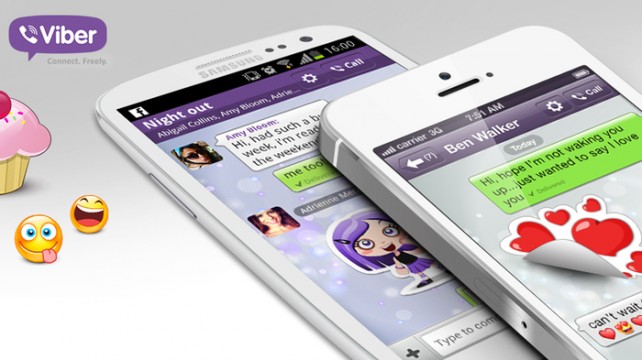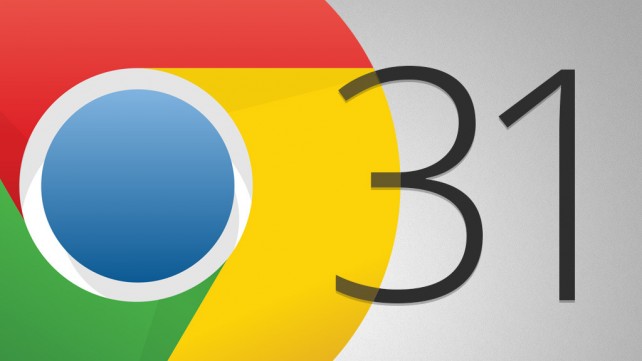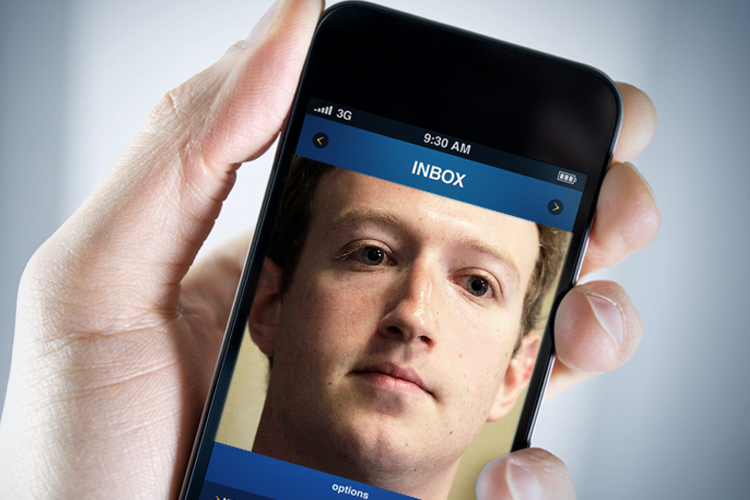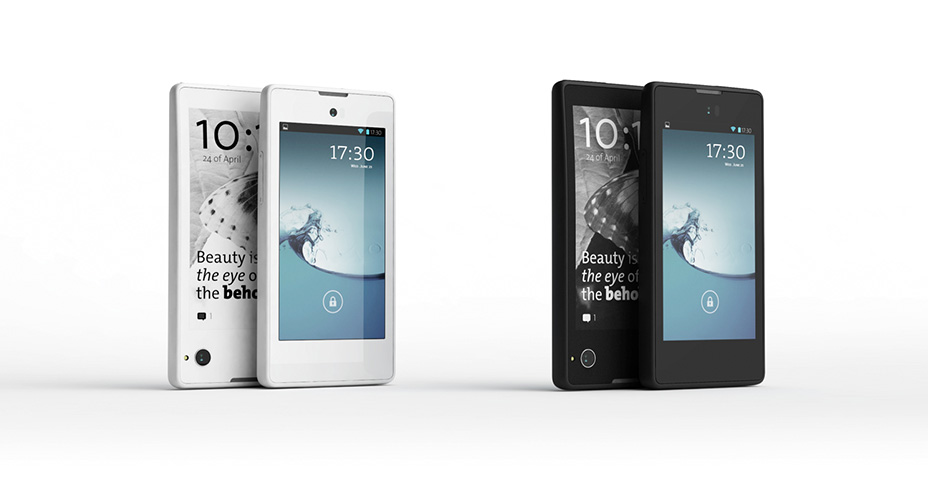According to reports from OLED.at, Samsung is working on AMOLED displays with 560ppi for screens as small as five inches. Potentially next year’s handsets from the company could offer higher resolutions and more pixels per inch that what is currently available.
If this report is correct then we could see resolutions at 2560 x 1440. Although no specific model has been linked with this news, it would be a great selling point for the Galaxy S5, which is rumoured to be launched early in 2014.
So why the hype? Well to put it into perspective, the current 5-inch Samsung Galaxy S4 flagship handset has AMOLED but only 441ppi with a 1920 x 1080 resolution. The iPhone 5S has an LCD display, with 326ppi and 640 x 1136 pixels.
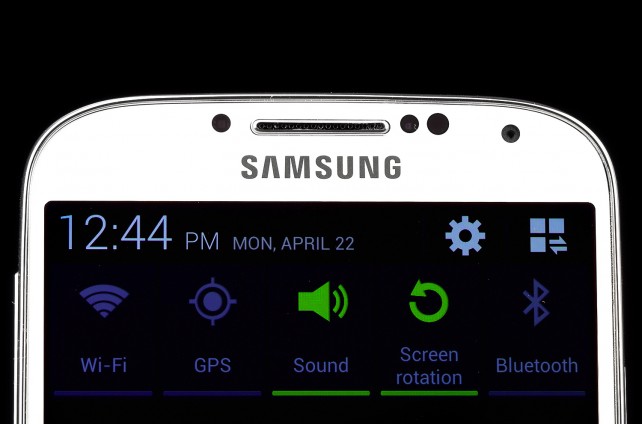
If Samsung do indeed release a handset with 556ppi, it would have 230 more pixels per inch than Apple’s current offering.
Of course the average user is unlikely to see the additional pixels in each inch of the screen but this could be a powerful marketing tool for Samsung.
[Image via Digital Trends]
If this report is correct then we could see resolutions at 2560 x 1440. Although no specific model has been linked with this news, it would be a great selling point for the Galaxy S5, which is rumoured to be launched early in 2014.
So why the hype? Well to put it into perspective, the current 5-inch Samsung Galaxy S4 flagship handset has AMOLED but only 441ppi with a 1920 x 1080 resolution. The iPhone 5S has an LCD display, with 326ppi and 640 x 1136 pixels.

If Samsung do indeed release a handset with 556ppi, it would have 230 more pixels per inch than Apple’s current offering.
Of course the average user is unlikely to see the additional pixels in each inch of the screen but this could be a powerful marketing tool for Samsung.
[Image via Digital Trends]


